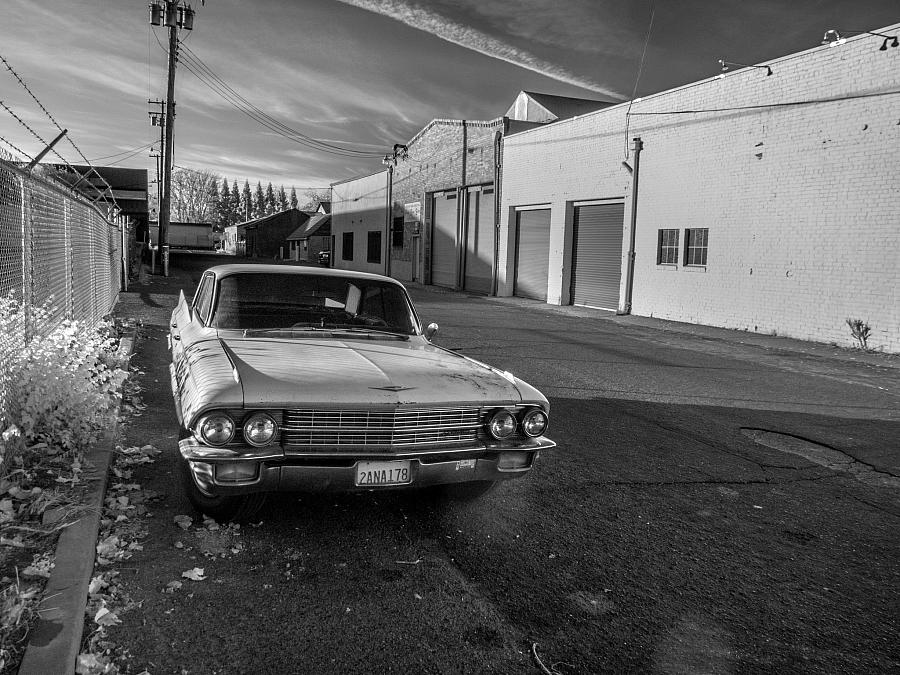The six Sacramento neighborhoods where black kids live on borrowed time

Friday, November 13 was an especially bad day for JJ Clavo, a 17-year-old high school student who friends say never let anything, not even superstition, keep him down.
Clavo and a few friends were driving from a Del Paso Heights chicken restaurant to a football game at their high school, where Clavo, a cornerback, was expected to stride onto the field with his usual swagger. He stopped at a light and heard gunshots. Bullets broke through the glass and lodged in his chest and neck, killing him within minutes.
Del Paso Heights is one of the six Sacramento neighborhoods where more than 85 percent of the city’s deaths of black children occur. Being born in one of those neighborhoods, which line the upper and lower edges of central Sacramento, essentially cuts a child’s odds of reaching adulthood in half.
Black children in Sacramento County are twice as likely as children of other races to die before age 18. They suffered one quarter of the 3,663 child deaths in the county between 1999 and 2009, despite making up only 12 percent of the county population, according to a recently released 20-year study from the county’s child death review team.
As teens they can die from gunshots, or from years of physical and emotional abuse. Long before that, they might suffocate in bed, or succumb to an asthma attack triggered by second-hand smoke.
My project for the 2015 California Data Fellowship will be a journey through each of these six neighborhoods. I’ll find out why these deaths occurred and how they could have been prevented. I’ll talk to families, community leaders and youth themselves to identify the greatest gaps in safety measures and preventative services.
This will also be a story about grassroots solutions. Sacramento County has agreed to dedicate $1.5 million annually for the next five years to efforts to combat disparities specific to these ZIP codes. The task in the coming year will be to identify leaders in each of these neighborhoods who can show them the most effective ways to spend the funds.
About a month ago, hundreds of Sacramento’s black families showed up at a City Hall meeting to beg the council to commit financially to the issue as strongly as the county has. They wore “Black Lives Matter” T-shirts and tried frantically to convince council members that the decision cannot wait until the next budget vote, that it’s a life or death matter.
The emerging solution — referred to formally as the Reduction of African American Child Deaths Implementation Plan — will be slowly rolled out over the next six months. Its success depends on a lot of things — funding, outreach, community participation and cultural sensitivity among them.
The plan should support the nonprofits and neighborhood groups that have already developed programs addressing the causes of black child deaths. That includes safe sleep education programs for black moms and afterschool programs for teens, as well as a number of other efforts dedicated to nutrition, housing, school attendance and employment.
I plan to track where the funding goes and work closely with these nonprofits to gauge how effectively the plan is being implemented. I will try to paint a picture of what these neighborhoods would look like if everyone had access to the health and safety services they so desperately need.
Given the racial protests flaring up around the country, there has never been a more poignant time to write this story. It will have traction in the communities where it is centered and will impact the policy makers already invested in the issue as well as those who have turned a blind eye thus far.
The story will be a multi-part print and photo package with supplemental video interviews to be displayed online.
[Photo by Robert Couse-Baker via Flickr.]

